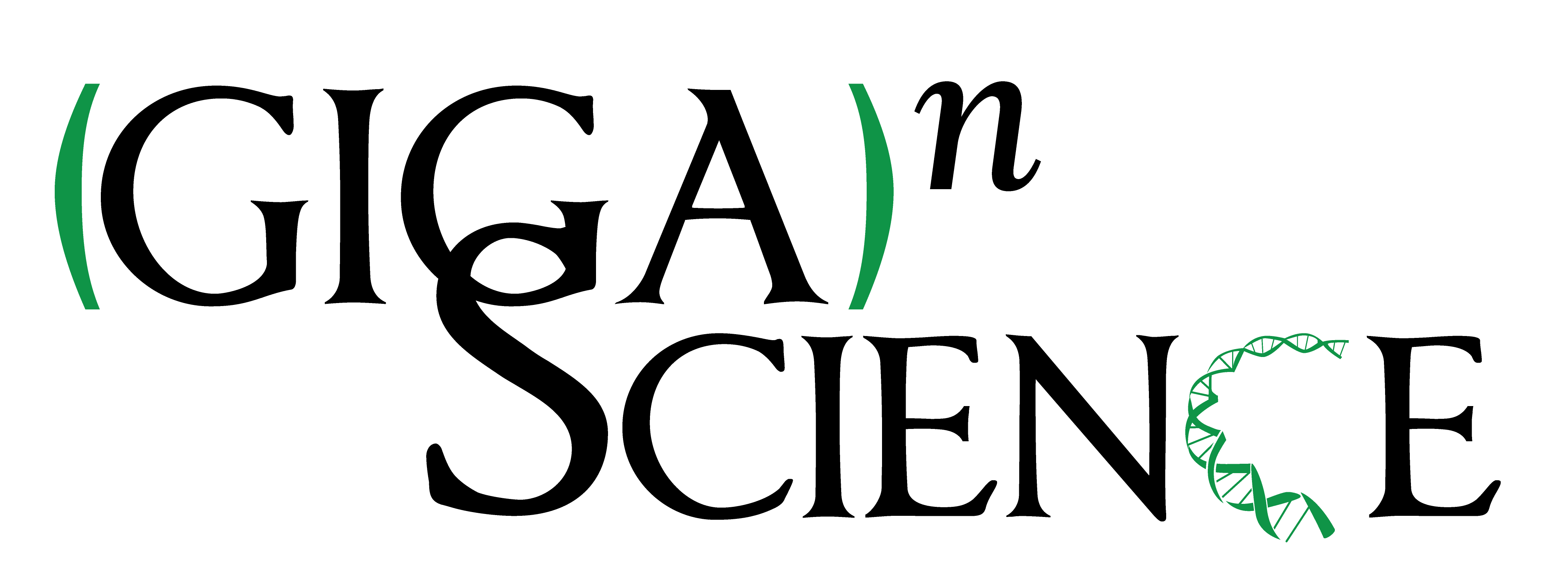Long-read only assembly of Drechmeria coniospora genomes reveals widespread chromosome plasticity and illustrates the limitations of current nanopore methods
This article has been Reviewed by the following groups
Discuss this preprint
Start a discussion What are Sciety discussions?Listed in
- Evaluated articles (GigaScience)
Abstract
Background
Long-read sequencing is increasingly being used to determine eukaryotic genomes. We used nanopore technology to generate chromosome-level assemblies for 3 different strains of Drechmeria coniospora, a nematophagous fungus used extensively in the study of innate immunity in Caenorhabditis elegans.
Results
One natural geographical isolate demonstrated high stability over decades, whereas a second isolate not only had a profoundly altered genome structure but exhibited extensive instability. We conducted an in-depth analysis of sequence errors within the 3 genomes and established that even with state-of-the-art tools, nanopore methods alone are insufficient to generate eukaryotic genome sequences of sufficient accuracy to merit inclusion in public databases.
Conclusions
Although nanopore long-read sequencing is not accurate enough to produce publishable eukaryotic genomes, in our case, it has revealed new information about genome plasticity in D. coniospora and provided a backbone that will permit future detailed study to characterize gene evolution in this important model fungal pathogen.
Article activity feed
-

A version of this preprint has been published in the Open Access journal GigaScience (see paper https://doi.org/10.1093/gigascience/giaa099 ), where the paper and peer reviews are published openly under a CC-BY 4.0 license.
These peer reviews were as follows:
Reviewer 1: http://dx.doi.org/10.5524/REVIEW.102384 Reviewer 2: http://dx.doi.org/10.5524/REVIEW.102385
-
-

